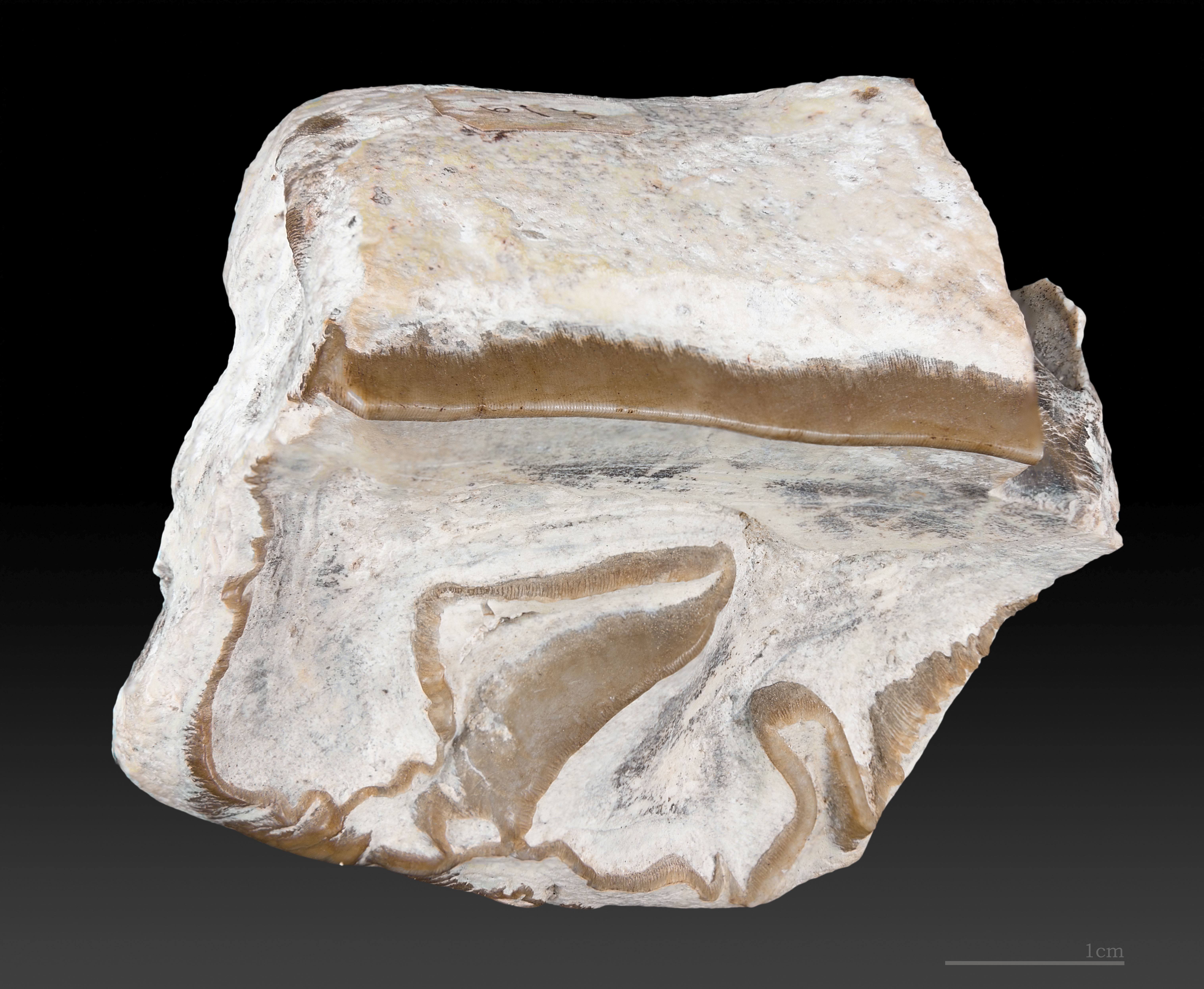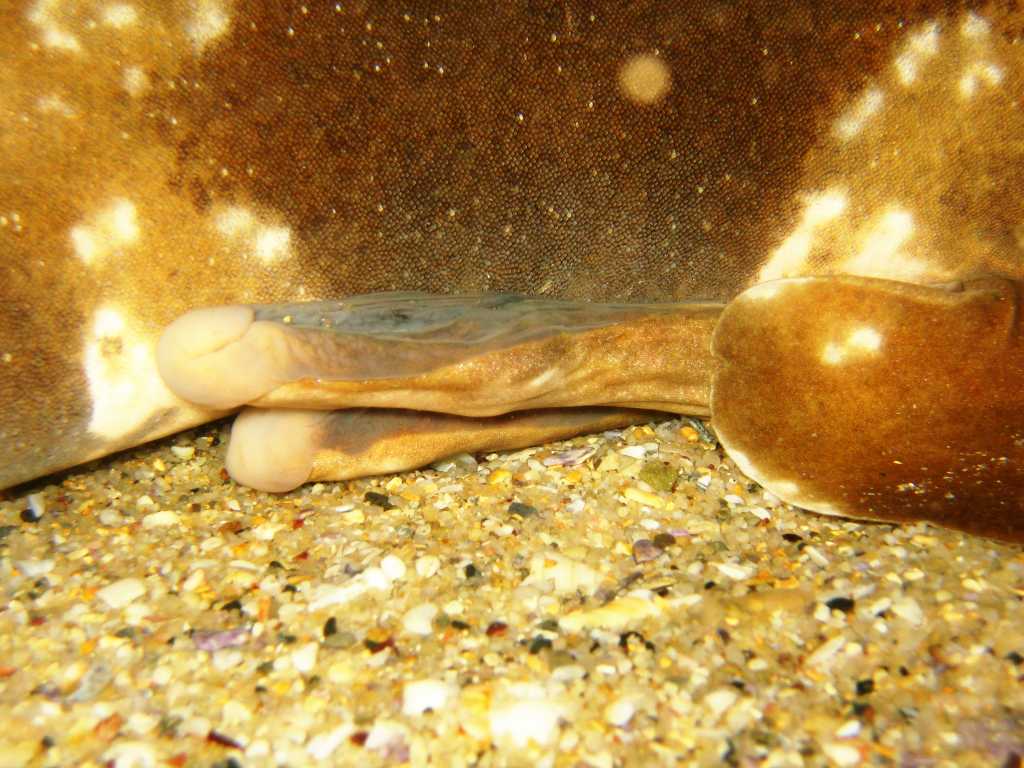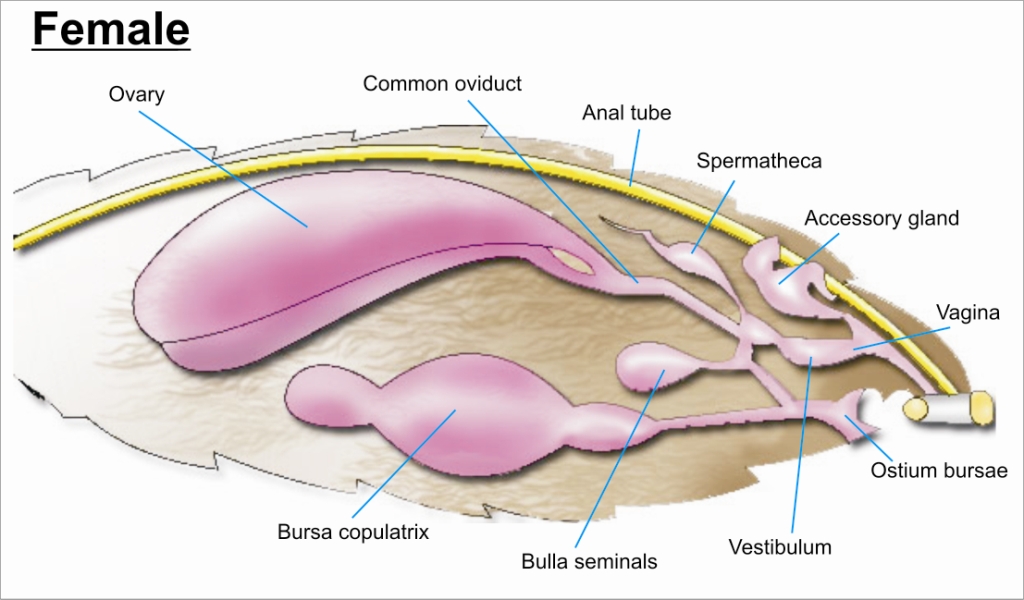|
Cabera Humbloti
''Cabera humbloti'' is a species of Geometer moth, geometrid moth, Endemism, endemic to the Comoros archipelago, specifically the Grande Comore, Grand Comoro. It belongs to the Monophyletic group, monophylectic Cabera subalba group, ''Cabera subalba'' Group. Description ''Cabera humbloti'' is a medium-sized ''Cabera'' species. The length of the forewing is , and it is broad and pointed. The hindwing resembles the forewing, except it has a shorter point at the Anus, anal angle. The closest known relative of ''C. humbloti'' is ''C. toulgoeti'', a species endemic to the Madagascar, Madacasgar. Both share a Rhombus, diamond-shaped juxta with a central joint, a trait absent in the other members of the group. Appearance Adults are distinguishable from other species in the group, as the Insect wing, forewings exhibit a less pointed apex. All three transverse lines on them are relatively well developed. The basal line is noticeably angled just below the Insect wing, costa; the med ... [...More Info...] [...Related Items...] OR: [Wikipedia] [Google] [Baidu] |
Geometer Moth
The geometer moths are moths belonging to the family Geometridae of the insect order Lepidoptera, the moths and butterflies. Their scientific name derives from the Ancient Greek (derivative form of or "the earth"), and "measure" in reference to the way their larvae, or inchworms, appear to measure the earth as they move along in a looping fashion. Geometridae is a very large family, containing around 23,000 described species; over 1400 species from six subfamilies are indigenous to North America alone. A well-known member is the peppered moth, ''Biston betularia'', which has been the subject of numerous studies in population genetics. Several other geometer moths are notorious pests. Caterpillars The name "Geometridae" ultimately derives from Latin ' from Greek ("geometer", "earth-measurer"). This refers to the means of locomotion of the larvae or caterpillars, which lack the full complement of prolegs seen in other caterpillars, with only two or three pairs at the posteri ... [...More Info...] [...Related Items...] OR: [Wikipedia] [Google] [Baidu] |
Paratype
In zoology and botany, a paratype is a specimen of an organism that helps define what the scientific name of a species and other taxon actually represents, but it is not the holotype (and in botany is also neither an isotype (biology), isotype nor a syntype). Often there is more than one paratype. Paratypes are usually held in museum research collections. The exact meaning of the term ''paratype'' when it is used in zoology is not the same as the meaning when it is used in botany. In both cases however, this term is used in conjunction with ''holotype''. Zoology In zoological nomenclature, a paratype is officially defined as "Each specimen of a type series other than the holotype.", ''International Code of Zoological Nomenclature'' In turn, this definition relies on the definition of a "type series". A type series is the material (specimens of organisms) that was cited in the original publication of the new species or subspecies, and was not excluded from being type material ... [...More Info...] [...Related Items...] OR: [Wikipedia] [Google] [Baidu] |
Aedeagus
An aedeagus ( or aedeagi) is a reproductive organ of male arthropods through which they secrete sperm from the testes during copulation (zoology), copulation with a female. It can be thought of as the insect equivalent of a mammal's penis, though the comparison is fairly loose given the greater complexity of insect reproduction. The term is derived . The aedeagus is part of the male's abdomen, which is the hindmost of the three major body sections of an insect. The pair of testes of the insect are connected to the aedeagus through the genital Duct (anatomy), ducts. The aedeagus is part of the male insect's phallus, a complex and often species-specific arrangement of more or less sclerotized (hardened) flaps and hooks which also includes in some species the valvae (clasper), which are paired organs which help the male hold on to the female during copulation. During copulation, the aedeagus connects with the ovipore of a female. The aedeagus can be quite pronounced or ''de minim ... [...More Info...] [...Related Items...] OR: [Wikipedia] [Google] [Baidu] |
Anatomical Terms Of Location
Standard anatomical terms of location are used to describe unambiguously the anatomy of humans and other animals. The terms, typically derived from Latin or Greek roots, describe something in its standard anatomical position. This position provides a definition of what is at the front ("anterior"), behind ("posterior") and so on. As part of defining and describing terms, the body is described through the use of anatomical planes and axes. The meaning of terms that are used can change depending on whether a vertebrate is a biped or a quadruped, due to the difference in the neuraxis, or if an invertebrate is a non-bilaterian. A non-bilaterian has no anterior or posterior surface for example but can still have a descriptor used such as proximal or distal in relation to a body part that is nearest to, or furthest from its middle. International organisations have determined vocabularies that are often used as standards for subdisciplines of anatomy. For example, '' Termi ... [...More Info...] [...Related Items...] OR: [Wikipedia] [Google] [Baidu] |
Seta
In biology, setae (; seta ; ) are any of a number of different bristle- or hair-like structures on living organisms. Animal setae Protostomes Depending partly on their form and function, protostome setae may be called macrotrichia, chaetae, Scale (insect anatomy), scales, or Common name, informally, hairs. The setal membrane is not Cuticle, cuticularized, so movement is possible. Annelid setae are stiff bristles present on the body. They allow earthworms and their relatives to attach to the surface and prevent backsliding during peristaltic motion. These hairs make it difficult to pull a worm straight from the ground. Setae in oligochaetes (the group including earthworms) are largely composed of chitin. They are classified according to the limb to which they are attached; for instance, notosetae are attached to notopodia; neurosetae to neuropodia. The setae on polychaete worms are referred to as chaeta due to their differing morphology. Crustaceans have mechano- and chemos ... [...More Info...] [...Related Items...] OR: [Wikipedia] [Google] [Baidu] |
Clasper
In biology, a clasper is a male anatomical structure found in some groups of animals, used in mating. Male cartilaginous fish have claspers formed from the posterior portion of their pelvic fin which serve to channel semen into the female's cloaca during mating. The act of mating in some fish including sharks usually includes one of the claspers raised to allow water into the siphon through a specific orifice. The clasper is then inserted into the cloaca, where it opens like an umbrella to anchor its position. The siphon then begins to contract, expelling water and sperm. The claspers of many shark species have spines or hooks, which may hold them in place during copulation. Many male holocephalans, including living chimaeras, have cephalic claspers (tenacula) on their heads, which are thought to aid in holding the female during mating. In entomology Entomology (from Ancient Greek ἔντομον (''éntomon''), meaning "insect", and -logy from λόγος (''lógos'') ... [...More Info...] [...Related Items...] OR: [Wikipedia] [Google] [Baidu] |
Ellipse
In mathematics, an ellipse is a plane curve surrounding two focus (geometry), focal points, such that for all points on the curve, the sum of the two distances to the focal points is a constant. It generalizes a circle, which is the special type of ellipse in which the two focal points are the same. The elongation of an ellipse is measured by its eccentricity (mathematics), eccentricity e, a number ranging from e = 0 (the Limiting case (mathematics), limiting case of a circle) to e = 1 (the limiting case of infinite elongation, no longer an ellipse but a parabola). An ellipse has a simple algebraic solution for its area, but for Perimeter of an ellipse, its perimeter (also known as circumference), Integral, integration is required to obtain an exact solution. The largest and smallest diameters of an ellipse, also known as its width and height, are typically denoted and . An ellipse has four extreme points: two ''Vertex (geometry), vertices'' at the endpoints of the major axis ... [...More Info...] [...Related Items...] OR: [Wikipedia] [Google] [Baidu] |
Lepidoptera Genitalia
The study of the genitalia of Lepidoptera is important for Lepidoptera taxonomy in addition to development, anatomy and natural history. The genitalia are complex and provide the basis for species discrimination in most families and also in family identification. The genitalia are attached onto the tenth or most distal segment of the abdomen. Lepidoptera have some of the most complex genital structures in the insect groups with a wide variety of complex spines, setae, scales and tufts in males, claspers of different shapes and different modifications of the ductus bursae in females. The arrangement of genitalia is important in the courtship and mating as they prevent cross-specific mating and hybridisation. The uniqueness of genitalia of a species led to the use of the morphological study of genitalia as one of the most important keys in taxonomic identification of taxa below family level. With the advent of DNA analysis, the study of genitalia has now become just one of the tec ... [...More Info...] [...Related Items...] OR: [Wikipedia] [Google] [Baidu] |
Genital Capsule
A sex organ, also known as a reproductive organ, is a part of an organism that is involved in sexual reproduction. Sex organs constitute the primary sex characteristics of an organism. Sex organs are responsible for producing and transporting gametes, as well as facilitating fertilization and supporting the development and birth of offspring. Sex organs are found in many species of animals and plants, with their features varying depending on the species. Sex organs are typically differentiated into male and female types. In animals (including humans), the male sex organs include the testicles, epididymides, and penis; the female sex organs include the clitoris, ovaries, oviducts, and vagina. The testicle in the male and the ovary in the female are called the ''primary sex organs''. All other sex-related organs are known as ''secondary sex organs''. The outer parts are known as the genitals or external genitalia, visible at birth in both sexes, while the inner parts are refer ... [...More Info...] [...Related Items...] OR: [Wikipedia] [Google] [Baidu] |
Insect Morphology
Insect morphology is the study and description of the morphology (biology), physical form of insects. The terminology used to describe insects is similar to that used for other arthropods due to their shared evolutionary history. Three physical features separate insects from other arthropods: they have a body divided into three regions (called tagmata) (head, thorax, and abdomen), three pairs of legs, and mouthparts located ''outside'' of the #Head, head capsule. This position of the mouthparts divides them from their closest relatives, the non-insect Hexapoda, hexapods, which include Protura, Diplura, and Collembola. There is enormous variation in body structure amongst insect species. Individuals can range from 0.3 mm (fairyfly, fairyflies) to 30 cm across (Thysania agrippina, great owlet moth); have no eyes or many; well-developed wings or none; and legs modified for running, jumping, swimming, or even digging. These modifications allow insects to occupy almost every ... [...More Info...] [...Related Items...] OR: [Wikipedia] [Google] [Baidu] |
Uncus (genitals)
The study of the genitalia of Lepidoptera is important for Lepidoptera taxonomy in addition to development, anatomy and natural history. The genitalia are complex and provide the basis for species discrimination in most families and also in family identification. The genitalia are attached onto the tenth or most distal segment of the abdomen. Lepidoptera have some of the most complex genital structures in the insect groups with a wide variety of complex spines, setae, scales and tufts in males, claspers of different shapes and different modifications of the ductus bursae in females. The arrangement of genitalia is important in the courtship and mating as they prevent cross-specific mating and hybridisation. The uniqueness of genitalia of a species led to the use of the morphological study of genitalia as one of the most important keys in taxonomic identification of taxa below family level. With the advent of DNA analysis, the study of genitalia has now become just one of the tech ... [...More Info...] [...Related Items...] OR: [Wikipedia] [Google] [Baidu] |






